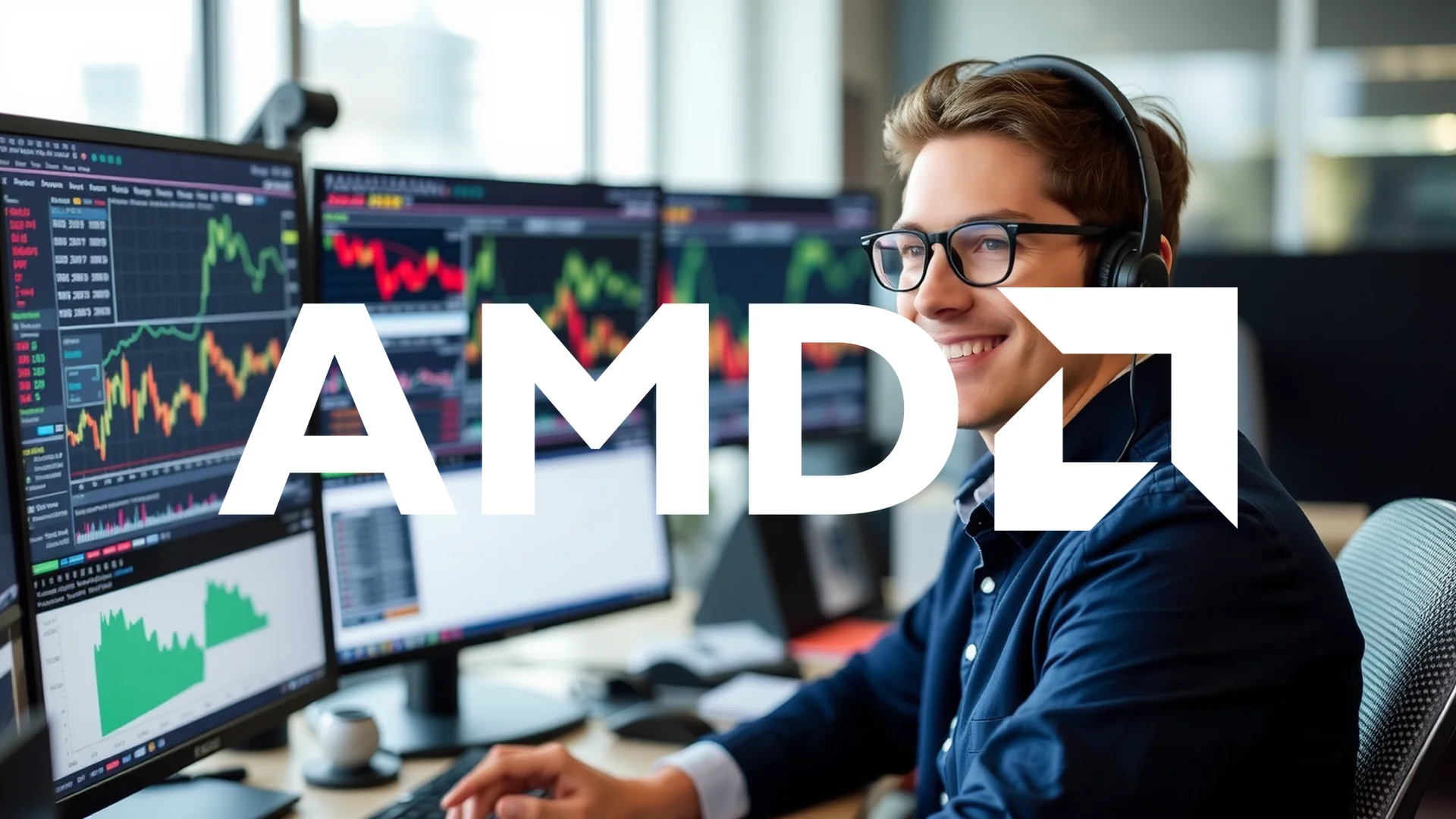A significant shift in sentiment is underway among financial analysts covering Advanced Micro Devices. Once celebrated as a primary challenger to Nvidia in the explosive artificial intelligence chip sector, AMD now faces a wave of downgrades and sharply reduced price targets, casting doubt on its competitive standing.
A Cascade of Cautious Revisions
The reassessment of AMD’s prospects began in December 2024 and has intensified into the new year. On December 9, Bank of America set the tone by demoting the stock from “Buy” to “Neutral.” Analyst Vivek Arya simultaneously slashed the price objective from $180 to $155, citing intensified competitive pressures and a limited potential for AMD to capture meaningful market share from Nvidia’s AI dominance.
This was followed by a series of similar actions from other firms. Truist Securities reduced its price target to $155 a week later. A more severe warning came from Wolfe Research on December 17, which projected that 2025 revenues could fall roughly $3 billion short of expectations. The firm revised its AI revenue forecast for AMD down to $7 billion, labeling the company’s progress in the field as “weaker than anticipated.” Morgan Stanley added to the pessimism on December 20, lowering its price target from $169 to $158 and pointing to Nvidia’s formidable competitive strength as a major constraint on AMD’s growth.
HSBC Delivers a Severe Blow
The most dramatic move came from HSBC on January 8, 2025. The bank executed a rare double-downgrade, jumping directly from “Buy” to “Reduce.” In a brutal adjustment, its price target was cut by 45%, plummeting from $200 to $110. HSBC’s analysts described AMD’s AI chip roadmap as “less competitive than previously thought,” specifically highlighting weak demand for the MI325 accelerator and expressing skepticism about the upcoming MI350 chip.
Consequently, HSBC drastically lowered its 2025 AI GPU revenue forecast for AMD from $12.3 billion to $8.1 billion—a figure substantially below the analyst consensus of $9.5 billion. The bank identified a key reason: major cloud clients, including Amazon, are increasingly favoring their own proprietary chips or Nvidia’s products over solutions from AMD.
Should investors sell immediately? Or is it worth buying AMD?
The Nvidia Hurdle Proves Formidable
The central issue for AMD appears to be an inability to keep pace with Nvidia in the high-stakes AI race. While AMD maintains strong relationships with tech giants like Microsoft, Meta, and Oracle, evidence suggests these key customers are allocating the bulk of their investment budgets toward Nvidia’s premium Blackwell architecture. According to analyst reports, Amazon has been explicit about its preference for its own Trainium processors and Nvidia’s chips.
The market’s reaction has been clear. In December 2024 alone, AMD shares declined by 11.9%. For the full year 2024, the stock finished down approximately 18%, a performance that occurred despite the company posting strong quarterly results in October.
A Glimmer of Resilience Amid the Gloom
Despite the negative analyst momentum, AMD’s underlying business shows areas of strength. The company reported record revenue of $6.8 billion for the third quarter of 2024, representing an 18% year-over-year increase. Its Data Center segment was a particular standout, exploding with 122% growth to reach $3.5 billion, driven by robust sales of Instinct GPUs and EPYC server processors.
The overall analyst picture remains mixed. Out of 54 covering analysts, 44 still maintain “Buy” or “Strong Buy” ratings on the stock. However, the recent downgrades send an unambiguous signal that short-term expectations have been severely dampened. All eyes are now on the next quarterly report, due in late January. The results will be critical in determining whether AMD can successfully counter the growing skepticism or if its narrative as a failed challenger to Nvidia will become further entrenched.
Ad
AMD Stock: Buy or Sell?! New AMD Analysis from November 16 delivers the answer:
The latest AMD figures speak for themselves: Urgent action needed for AMD investors. Is it worth buying or should you sell? Find out what to do now in the current free analysis from November 16.
AMD: Buy or sell? Read more here...









